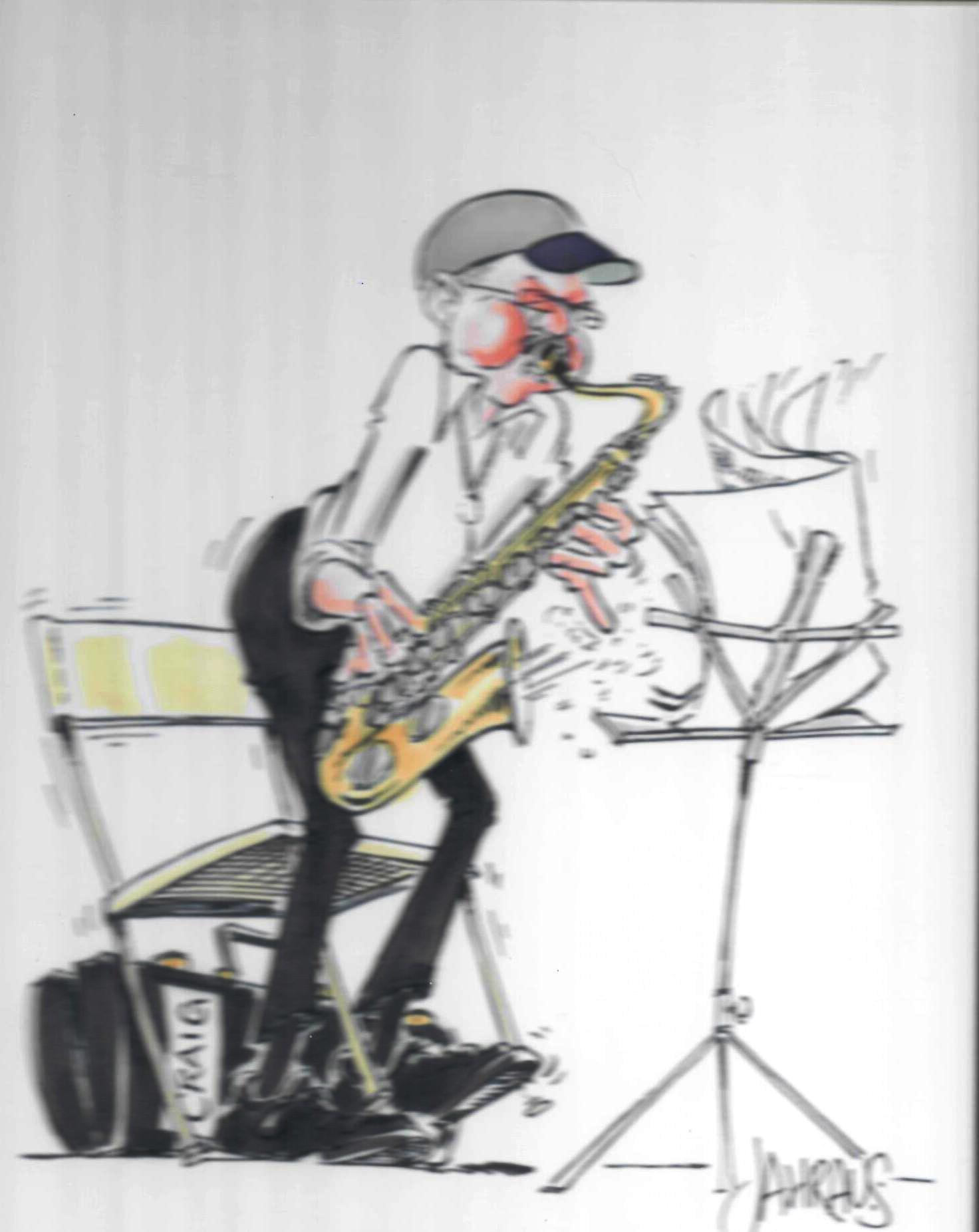Are you struggling to develop a personal improvisatory style or to find your unique compositional voice? Well, you’re not alone! Many musicians grapple with these dilemmas.
Perhaps my own story will help you unearth your path to musical originality.
I started playing because I love the way music sounds, the way playing the horn feels, the exhilaration of working with a great band of like-minded musicians. A couple years later, I began writing songs, just so we’d have originals for gigs and recordings. I didn’t think twice about trying to be original. On the contrary, emulating the masters was satisfying. It seemed to legitimize and validate my work.
However, about 10 years into my career, I suddenly faced an existential crisis, when nagging questions like these began keeping me awake at night:
“Is this composition any good? Is it too long? Which sections are valid and which need to be scrapped? Should that note be a Bb or an F#? Do my solos stink? What right do I even have to compose music or play the horn, when there are so many musicians out there who are way better?”
Those doubts harassed and dogged my steps. So I quit music, went back to school, and earned an M.Sc. degree. All those classes in math, chemistry, engineering, and computer programming posed problems with one and only one correct answer. That assuaged my soul, satisfied the need for stability, and comforted the insecure little kid inside me. I had sidestepped the constant existential uncertainty. I discovered solid ground on which to make choices.
When I returned to music 10 years later, confidence in my ability to formulate split second decisions had skyrocketed. As a composer, it’s now much easier to isolate the specific note, rhythm, chord, or lyrical setting that’s spoiling my work, rather than throwing the whole piece in the fire. And that same confidence is also a huge asset when you improvise.
Spontaneity and faith in your intuition
are absolutely essential
to capture the magic moment of
“right now” inspiration central to jazz improvising.
An Example of the “Blow Till You Know”
Approach to Improv and Composition
As an illustration, let me walk you through the development of a musical phrase which took several days to complete. But first, spend a moment reflecting on this quote I read this morning. Ask yourself if you – like me – need a new route to creative fulfillment.
“Aesthetic passion is the enduring conviction that our curiosity matters. Believing we matter is essential to creating [things that matter]. …Aesthetic passion is…the natural inclination to grow…as if we were a plant stretching out new roots looking for nutrients.”
— David A. Edwards, Creating Things that Matter: The Art and Science of Innovations that Last
About eight days ago, I was “aimlessly blowing” the tenor sax. “Aimlessly blowing” means you’re not preparing for a specific gig or trying to learn a new song, just playing for the joy of playing. At some point, I stumbled on a phrase that caught my ear sufficiently to warrant jotting it down and trying it in all 12 keys. Here it is:

The melodic shape felt satisfying – perhaps worthy of shedding in 12 keys – so I tried to find a harmonic structure well-tailored to fit that phrase.

After a while, the repetitive rhythmic pattern grew monotonous. Plus, at a slow tempo, there’s no place to breathe. (Try playing the Bach Cello Suites slowly on a horn, and you’ll experience the same frustration!) So I started exploring other rhythms and adding breathing opportunities.

By the way, notice that licks in most of my posts – like this one – end on the note a 4th above (or a 5th below) the first note (from A down to D) to facilitate shedding in 12 keys around the circle of fourths.
By the time of this next variation, I had presented my idea to “the band,” (Band in a Box), but they were in a Dire Straits bag that day, so the chords got simplified, and the groove changed to straight eighths (dire str8s?).

Note here that we’re experimenting with a 3-note pickup and a “call & response” pattern. Adding a note to the pickup puts every following note on the other side of the beat.
Here is the final form of the phrase. Do you see the added syncopation and space, more rhythmic variation, and two potentially useful bebop phrases in the bars with the Bb and Ab chords?

If you’d like to try your hand at shedding this lick in all 12 keys, use the recording and chart included below.
Do you see any advantages to “Blow Till You Know”? Like you, I’ve played through method books by masters like Klosé, Niehaus, Oliver Nelson, Jerry Coker, etc. These books are excellent for building chops and such. But this “Blow Till You Know” approach can open up an entirely new world of creative expression and bring you many gifts like these:
- It stimulates your imagination.
- It helps you get in touch with, develop, and refine your personal improv and composition style.
- Even though the licks you invent may merely repeat clichés you’ve played for years, shedding them in all 12 keys invariably introduces range and technique challenges on the frontier of your ability.
Oh, and by the way, it’s always nice to add a little coda at the end of the 12th key. I first came up with this one:
I dug it, but it was hard to play up to tempo, so I revised it like this:
Below are the recording and chart for the lick in all 12 keys. (Bb horns begin at the top; concert key and Eb instruments begin where indicated and loop back to the top.)
Please share your ideas in the “comments” section at the end of the post. Thanks for joining me in this creative adventure!


